Loyalty : Creating a seamless customer journey is crucial for businesses to drive growth and foster loyalty. It begins with understanding customer behavior and preferences to tailor experiences that meet their needs.

By personalizing the customer experience, businesses can build trust and establish a connection with their customers. This, in turn, drives loyalty and encourages repeat business.
Table of Contents
Why do many customer journeys end too soon?
Many customer journeys end too soon because businesses often fail to anticipate or address the evolving needs and expectations of their customers. Here are the main reasons:
- Lack of Personalization: Customers expect tailored experiences. If interactions feel generic or irrelevant, they lose interest quickly.
- Complex Processes: Long or confusing processes—like complicated sign-ups, checkout, or support—frustrate users and cause drop-offs.
- Poor Communication: Failing to follow up, provide guidance, or respond promptly can make customers feel neglected.
- Unclear Value Proposition: If customers don’t immediately see the benefit of continuing their journey, they disengage.
- Inconsistent Experience: Differences in messaging, service quality, or brand experience across channels can break the customer journey.
- Lack of Trust or Confidence: Customers abandon journeys when they feel insecure about quality, payment safety, or reliability.
Essentially, when the customer journey isn’t smooth, engaging, and relevant, customers are likely to exit before reaching loyalty or conversion stages.
What touchpoints keep customers coming back?
The touchpoints that keep customers coming back are the interactions and experiences that consistently make them feel valued, understood, and satisfied. Key touchpoints include:
- Website and Online Experience – A user-friendly, fast, and informative website that makes browsing, purchasing, and support easy. Personalized recommendations also enhance return visits.
- Customer Support – Responsive, helpful, and empathetic support via chat, phone, or email reassures customers and builds trust.
- Email and Notifications – Personalized emails, reminders, and updates about products, services, or promotions keep customers engaged without feeling spammed.
- Social Media Interaction – Active engagement, relevant content, and responding to comments/messages create a sense of community and loyalty.
- Loyalty Programs – Rewards, discounts, or exclusive offers incentivize repeat purchases and make customers feel appreciated.
- In-Store or App Experience – Smooth, consistent experiences whether in-person or via a mobile app, including personalized service and seamless checkout.
- Post-Purchase Follow-Up – Thank-you messages, surveys, and proactive issue resolution reinforce a positive impression after a purchase.
- Content and Value-Added Resources – Blogs, tutorials, guides, or tips related to the product or service keep customers engaged and coming back for more.
In short, customers return when every interaction feels personalized, consistent, and valuable, creating trust and emotional connection over time.
Are You Ready to Transform Every Customer Interaction into Loyalty and Growth?

In today’s competitive market, delivering a seamless customer journey is no longer optional—it’s essential. From the very first moment a potential customer discovers your brand, every touchpoint matters.
By understanding your customers’ behavior and preferences, you can create personalized experiences that build trust, reduce friction, and foster long-term loyalty. Imagine turning a simple website visit into a journey where your audience feels understood, valued, and delighted at every stage—from awareness and consideration to purchase, retention, and advocacy. With strategies like intuitive navigation, mobile optimization, social proof, behavioral targeting, and personalized post-purchase engagement, your business can not only meet customer expectations but exceed them, creating advocates who promote your brand organically.
The power of a seamless customer journey lies in transforming interactions into meaningful connections that drive repeat business, enhance your reputation, and grow your revenue.
How does SpinGage guide customers into loyalty loops?
SpinGage guides customers into loyalty loops by creating a seamless, personalized customer journey that keeps them engaged at every stage. Here’s how it works in detail:
- Understanding Customer Behavior: SpinGage collects and analyzes data on customer preferences, purchase history, and interaction patterns. This helps the platform anticipate needs and provide relevant recommendations.
- Personalized Engagement: Through tailored content, offers, and communications, SpinGage ensures each customer feels recognized and valued, increasing their satisfaction and likelihood of repeat interactions.
- Consistent Multi-Channel Experience: Whether customers interact via the website, email, social media, or in-app, SpinGage maintains a consistent and seamless experience, reducing friction and encouraging return visits.
- Rewarding Loyalty: SpinGage implements incentives such as exclusive offers, discounts, or rewards programs that motivate customers to continue engaging, creating a positive feedback loop.
- Continuous Improvement: By monitoring engagement metrics and customer feedback, SpinGage constantly refines its approach, keeping customers in a dynamic loop of satisfaction and loyalty.
In essence: SpinGage turns one-time interactions into repeated engagement by combining personalization, consistency, and rewards, effectively guiding customers into loyalty loops that benefit both the customer and the business.
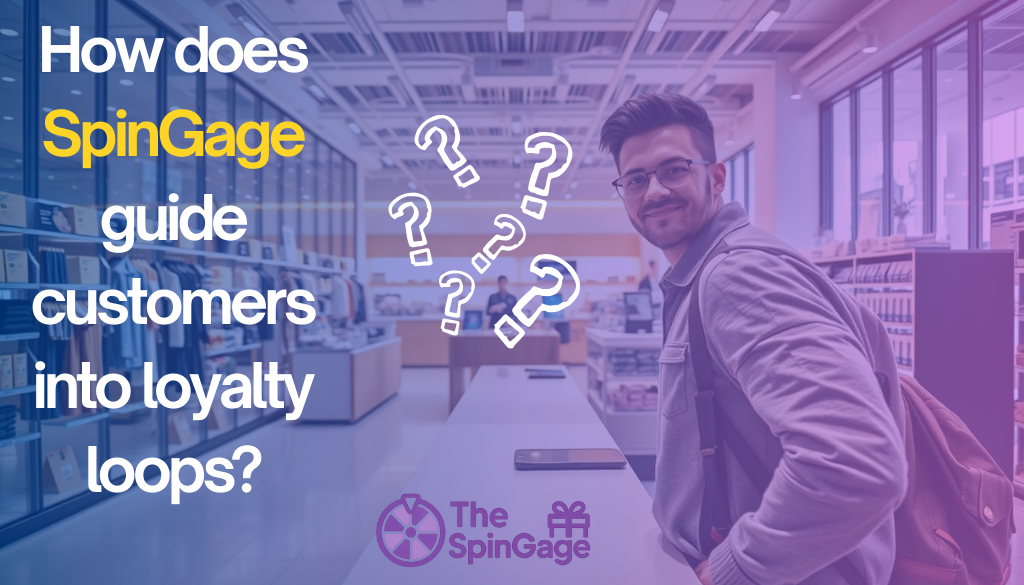
How does SpinGage automate review collection?
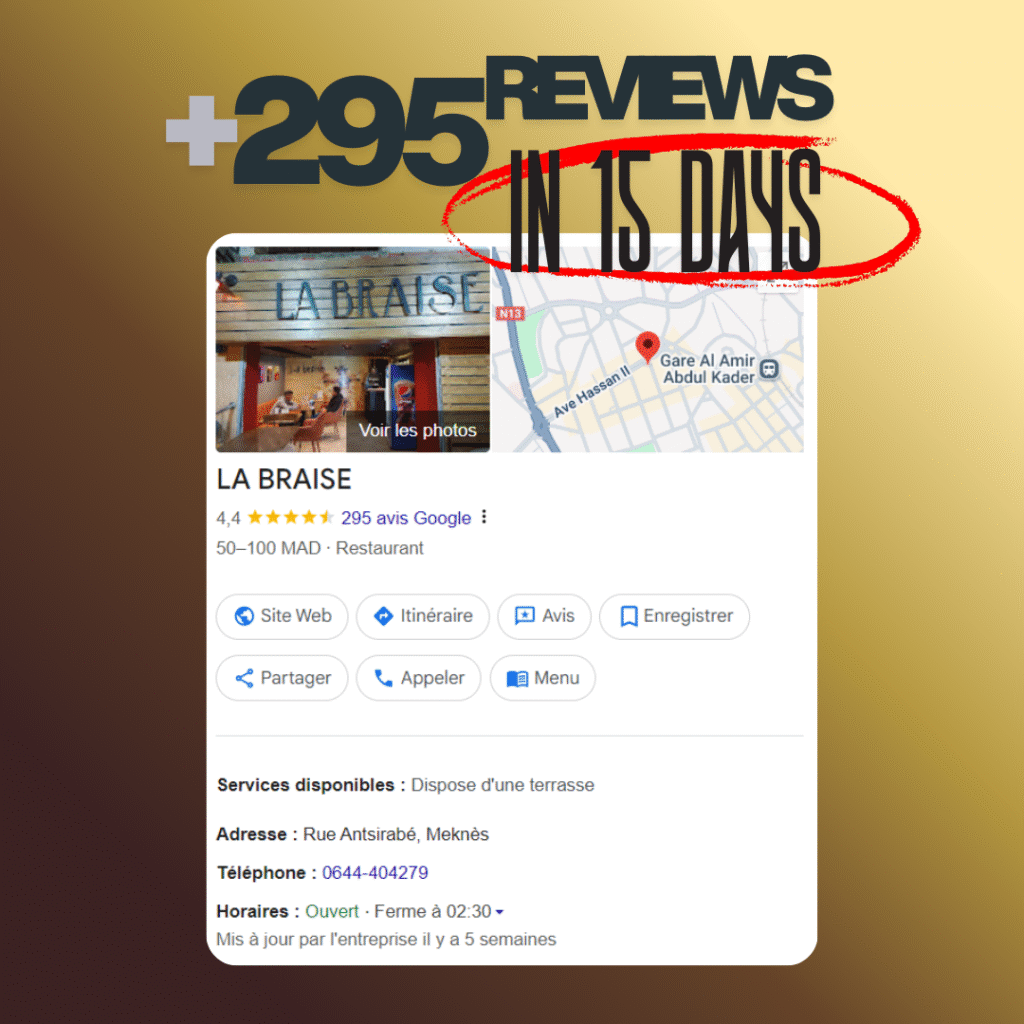
+295 REVIEWS IN JUST 15 DAYS :
Labraise is a restaurant that gained more than 295 new customer reviews and increased their income by using TheSpinGage solution.
They placed a flyer with a QR code on every table, allowing each diner to scan and spin the wheel. Labraise used a 100% winning ratio plan, where customers always won either 10% off their meal or a free soda.
This simple gamification encouraged guests to leave reviews, boosted loyalty, and kept customers coming back.
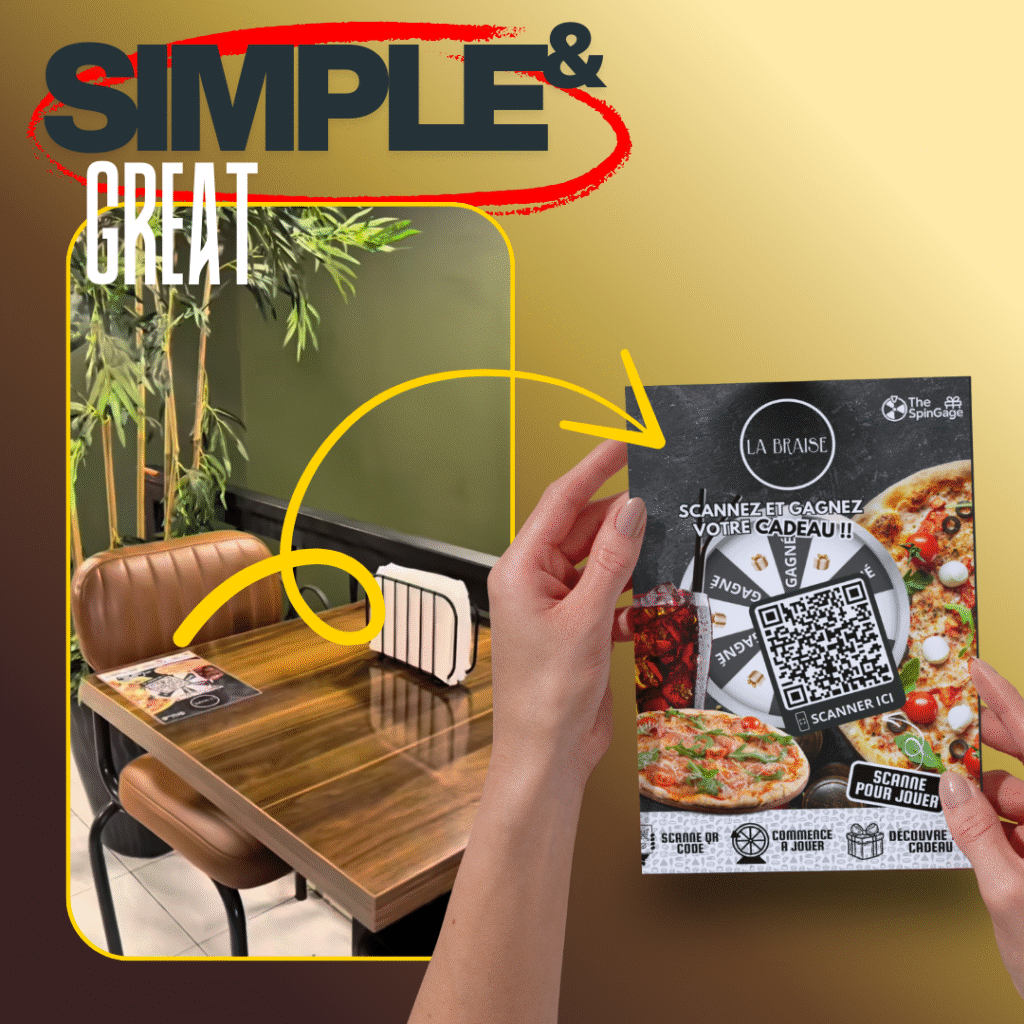
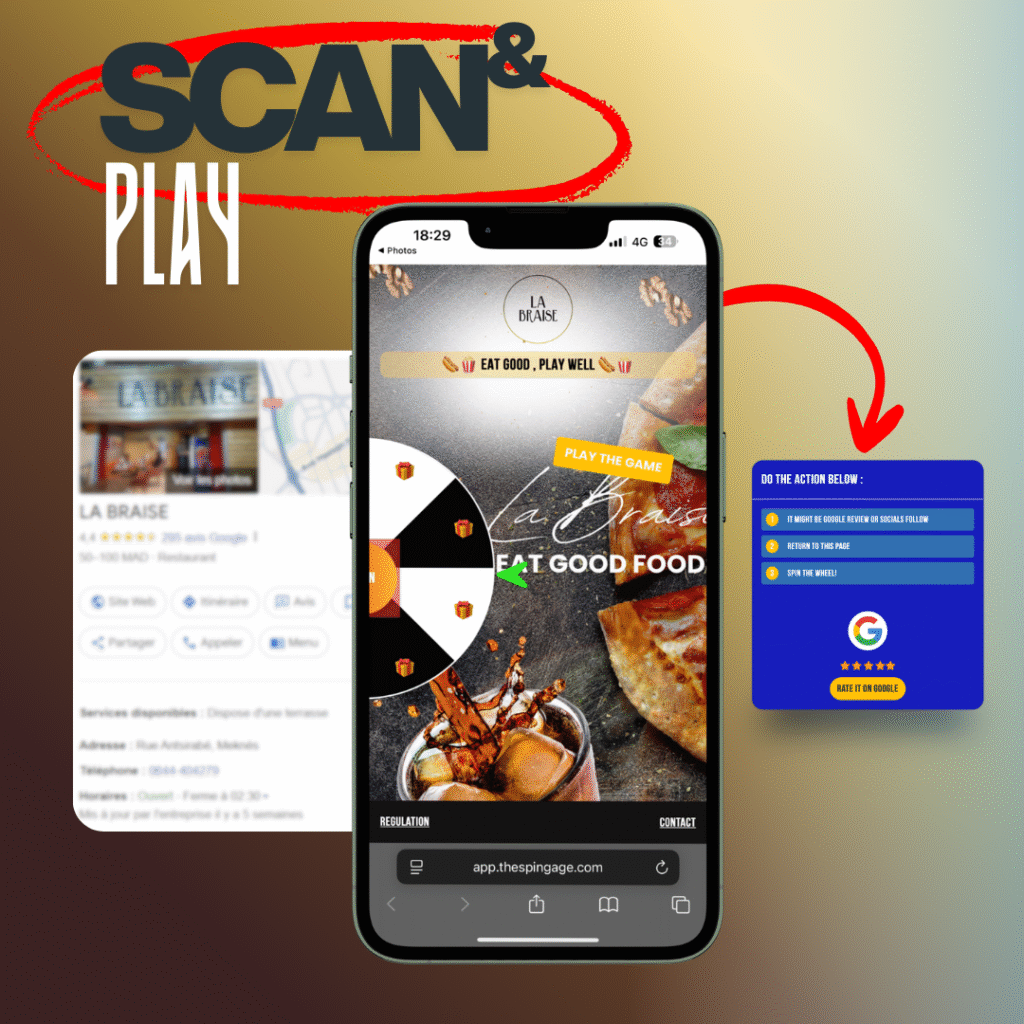
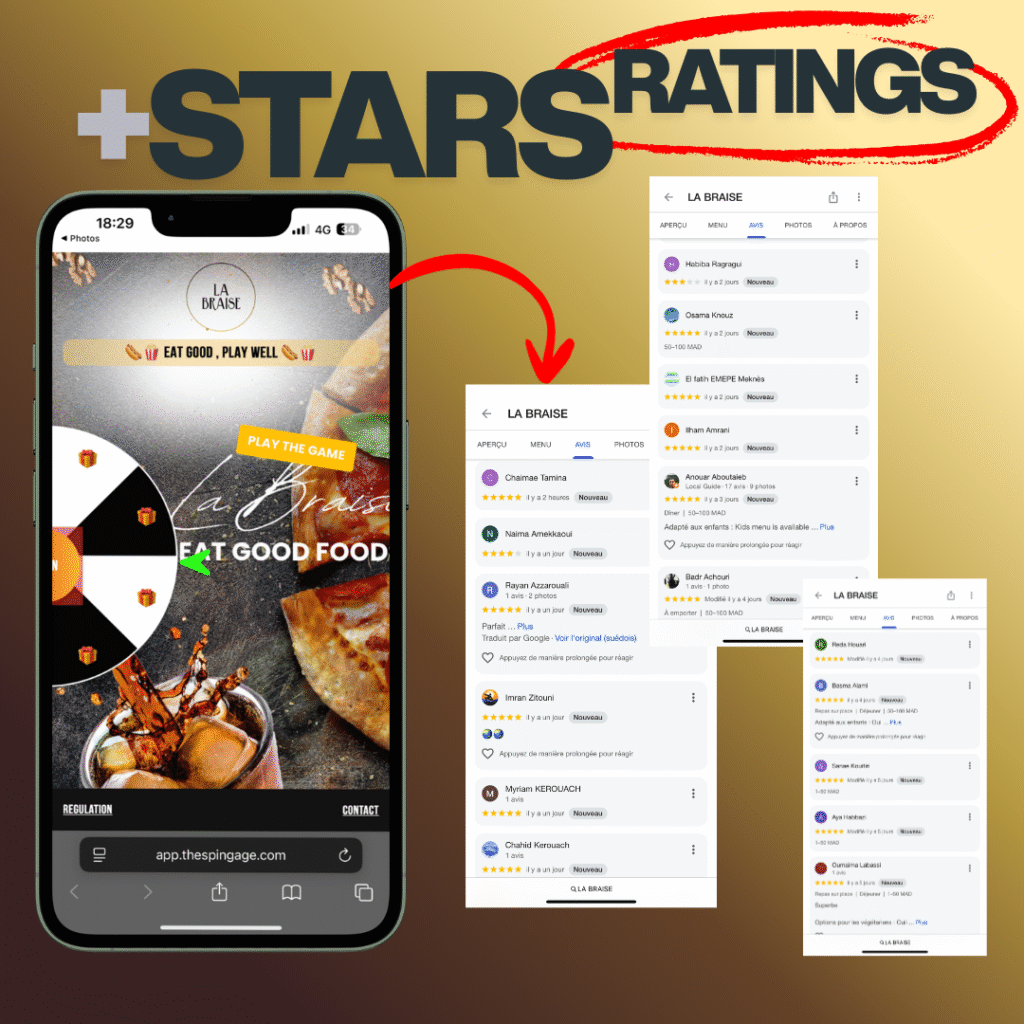
HOW IT WORKS IN 4 EASY STEPS ?
1 – Scan the QR Code
Clients simply scan the QR code placed on the table or provided directly by you.
2- Take Action First
To unlock the gameplay, they must complete the required action.
3- Spin the Wheel
Once unlocked, they spin the wheel to test their luck.
4- Win Rewards
If they win, a QR code is instantly sent to their email. If not, nothing happens. In both cases, the game is locked for 24 hours, ensuring fairness and excitement for the next try.
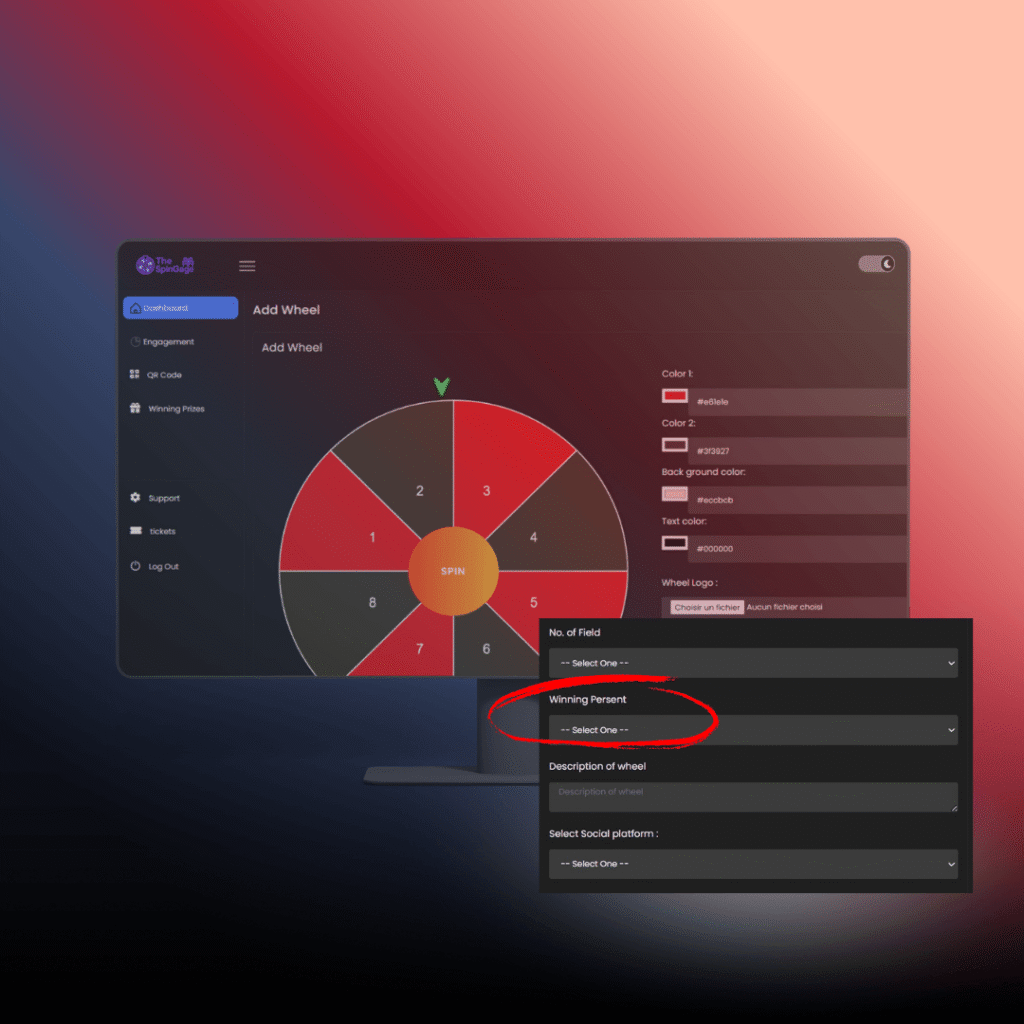
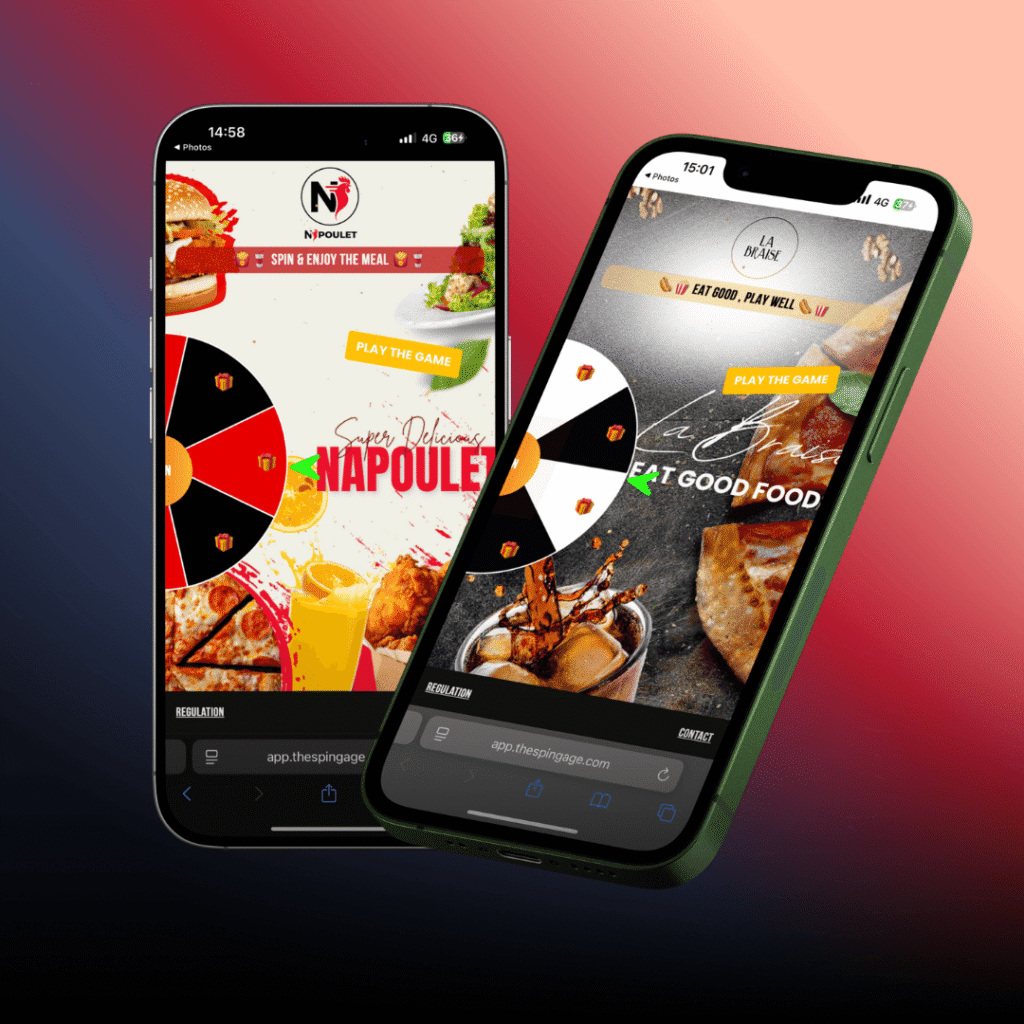
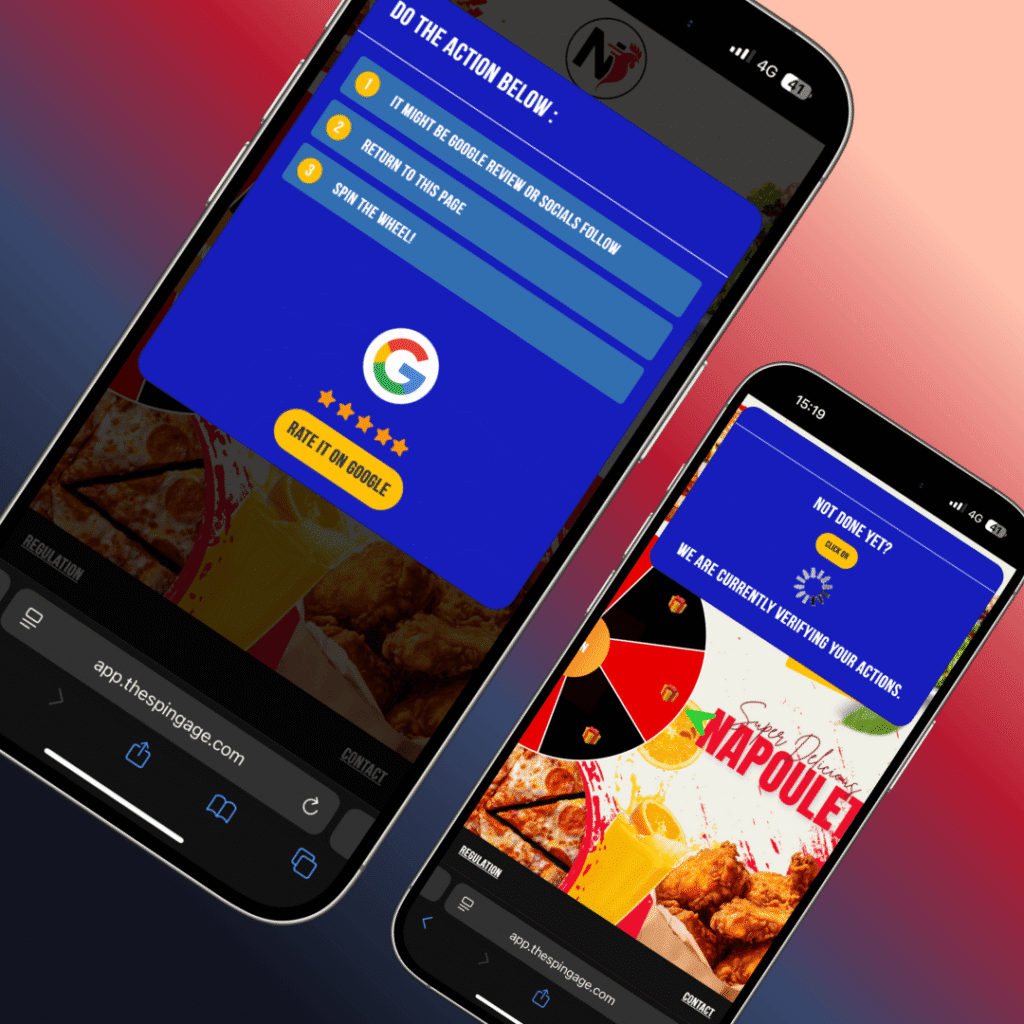
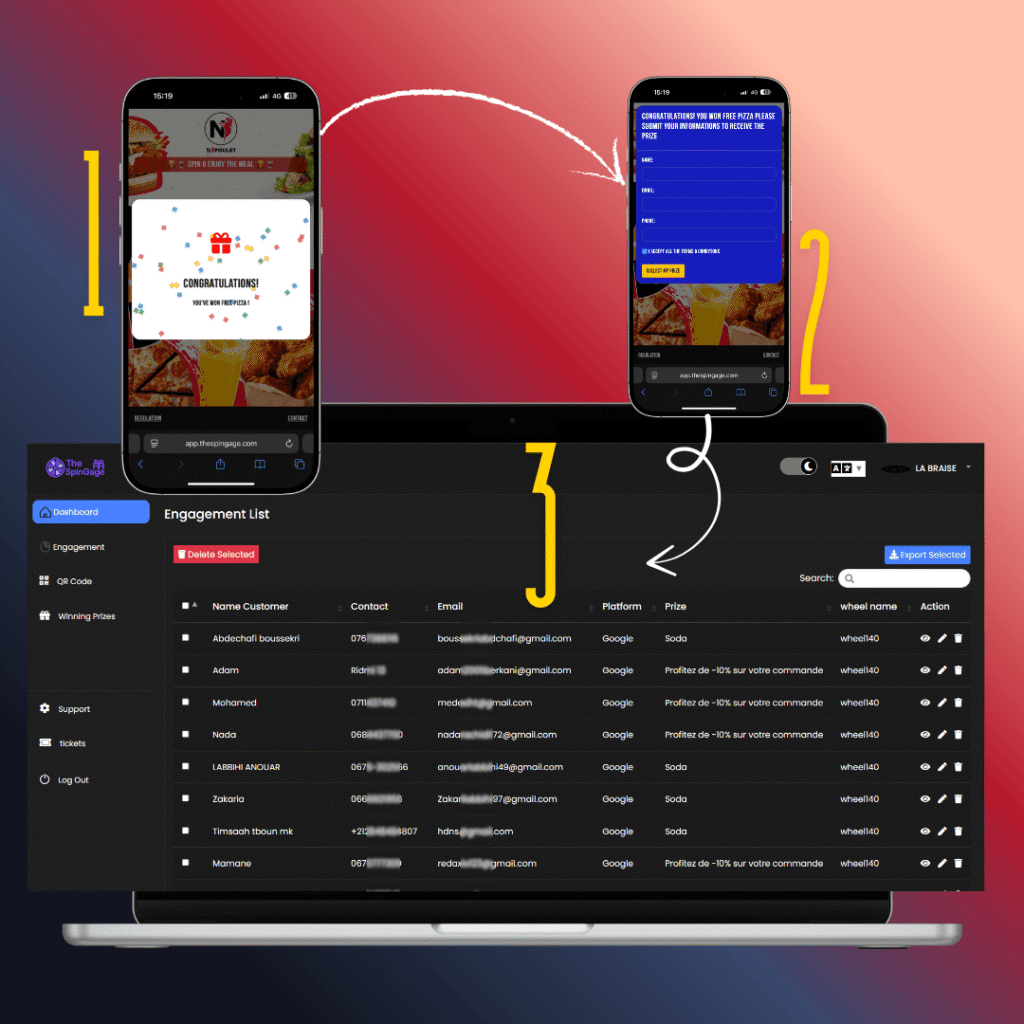
🛠️ Flexible Tracking Options
Track platform Top performing .
Track the wheel segments (number of prizes, Winner Gameplay).
Number of Plays , Track top performing wheel
Set up expiration dates for vouchers and offers.
Get Acces to LEADS , Extraxt & Modiify it .
Why You Should Opt for TheSpinGage Solution
Running a business today is not just about serving customers – it’s about creating memorable experiences that keep them coming back and spreading the word. That’s exactly what TheSpinGage delivers.
🎯 Stand Out from Your Competitors
Most restaurants, cafés, and shops rely only on discounts or word of mouth. With TheSpinGage, you turn every visit into a fun, interactive moment that clients remember and talk about.
⭐ Collect More Positive Reviews
Google reviews are the new “digital reputation.” Our system motivates clients to leave reviews in exchange for a chance to win rewards – giving you the social proof that attracts new clients effortlessly.
💌 Grow Your Customer Database
Every spin is an opportunity to collect emails and data, helping you stay connected with your clients through newsletters, promotions, and loyalty campaigns.
🔄 Boost Loyalty and Repeat Visits
Customers love rewards. By making every visit a chance to win, you encourage repeat visits, turning occasional clients into loyal fans of your business.
⚡ 100% Simple & Automated
No technical headaches. Once installed, TheSpinGage works automatically – whether through QR codes on tables, flyers, or digital screens. You just set the rules, and the system does the rest.
👉 TheSpinGage isn’t just a tool – it’s your new customer magnet.
Increase engagement, grow your reviews, and build a strong database without spending more on ads.
📲 Activate TheSpinGage today and turn visitors into loyal, returning customers!
START TODAY
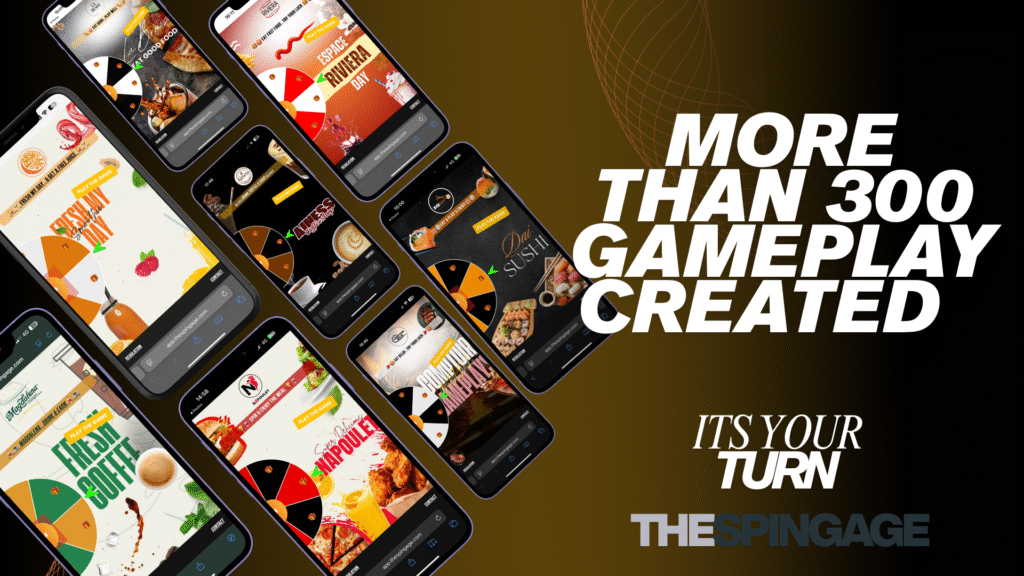
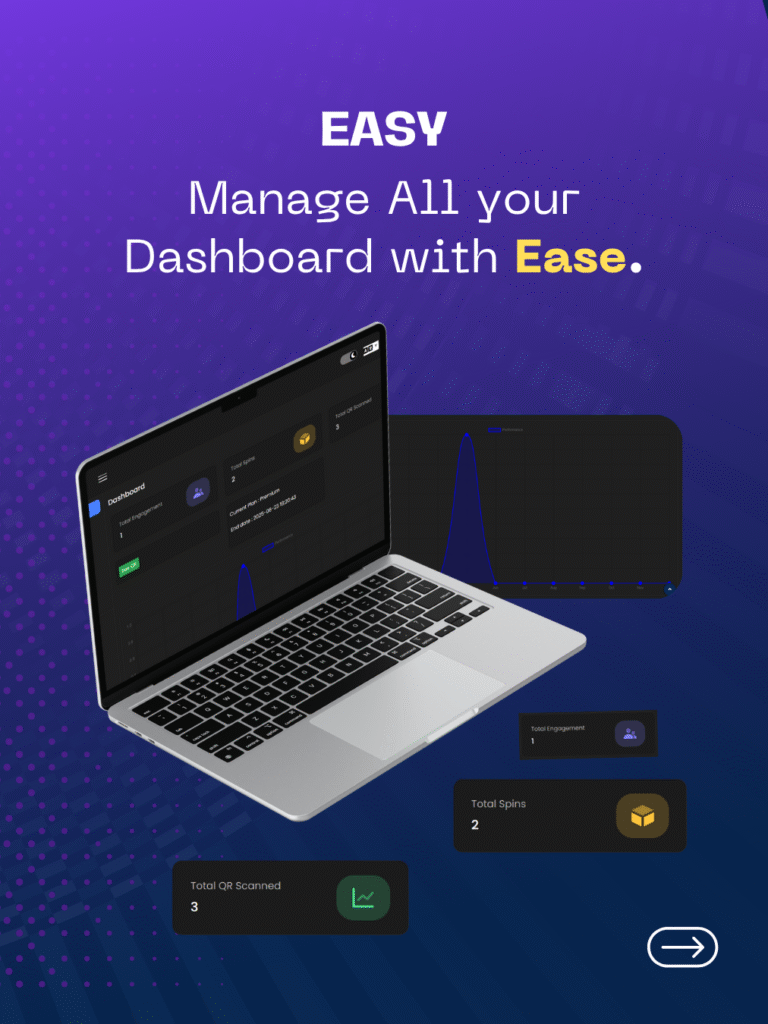
SpinGage automates review collection by seamlessly integrating with your business platforms to prompt customers for feedback at the right moment. It can automatically send personalized review requests via email or SMS after a purchase or service, making it easy for customers to share their experiences. This automation not only increases the volume of reviews but also ensures consistent and timely feedback, helping businesses maintain a strong online reputation without manual effort.
Combine this with strategic local SEO practices, including keyword research, category optimization, and building citations and backlinks, and you’re positioning your business to dominate local search
Don’t let missed opportunities slow your growth—start creating an exceptional customer experience today.
Optimize Your Customer Journey Now →
The Five Stages of Customer Experience
The customer journey is typically divided into five distinct stages: Awareness, Consideration, Purchase, Retention, and Advocacy. Each stage represents a critical milestone in the customer’s relationship with the brand.
Awareness: Capturing Initial Attention
The Awareness stage is where customers first learn about a brand or product. Effective strategies at this stage include targeted marketing campaigns and engaging content that resonates with the target audience.
Consideration: Nurturing Interest
During the Consideration stage, potential customers weigh their options and evaluate the brand’s offerings. Businesses can nurture interest by providing valuable information, comparisons, and testimonials that highlight their unique selling points.
Purchase: Converting Prospects
The Purchase stage is where the customer decides to buy. Streamlining the checkout process, offering clear calls-to-action, and ensuring a seamless transaction experience are crucial for converting prospects into customers.
Retention: Maintaining Relationships
Retention involves maintaining a strong relationship with customers after the purchase. This can be achieved through excellent customer service, personalized communication, and loyalty programs that reward repeat business.
Advocacy: Inspiring Promotion
The Advocacy stage is where satisfied customers become brand advocates, promoting the brand to others. Encouraging positive reviews, referrals, and user-generated content can amplify the brand’s reach and credibility.
Why Seamless Transitions Matter
Seamless transitions between these stages are critical for creating a cohesive customer experience. Friction points or disjointed interactions can lead to customer dissatisfaction and abandonment.
Mapping Touchpoints Across Channels
Mapping touchpoints across various channels helps businesses understand how customers interact with their brand at different stages. This insight enables companies to optimize their marketing strategies, improve customer service, and create a more integrated customer journey.

Optimizing the Awareness Stage: Making a Memorable First Impression
Optimizing the awareness stage is about crafting an experience that resonates with your target audience from the start. This initial stage is crucial as it sets the tone for the customer’s journey with your brand.
Creating Discoverable Content
To make a memorable first impression, your content must be discoverable. This involves optimizing your content with relevant keywords that your target audience uses when searching for products or services like yours. Ensure that your content is not only informative but also engaging and shareable.
Designing an Intuitive Website Experience
Your website is often the first point of contact for potential customers, making it essential to provide an intuitive and user-friendly experience. This can be achieved by focusing on navigation best practices and ensuring mobile optimization.
Navigation Best Practices
A well-structured navigation menu helps visitors quickly find what they’re looking for. Simplify your menu by categorizing content logically and using clear, concise labels. Additionally, incorporating a search function can significantly enhance user experience.
Mobile Optimization Essentials
With the majority of users accessing websites through mobile devices, mobile optimization is no longer optional. Ensure that your website is responsive, loads quickly, and provides a seamless experience across all devices.

Leveraging Social Proof from the Start
Social proof can significantly enhance credibility and trust from the outset. Display customer testimonials, reviews, and ratings prominently on your website and marketing materials. This not only builds trust but also helps in creating a positive first impression.
By focusing on these key areas, businesses can optimize the awareness stage, making a memorable first impression that draws customers in and sets the stage for a successful customer journey.
Enhancing the Consideration Phase: Building Trust and Value
The consideration phase is a critical juncture where businesses can build trust and demonstrate value to potential customers. At this stage, potential buyers are weighing their options and seeking information to inform their decisions.
Educational Content Strategies
Educational content plays a vital role in the consideration phase. Businesses can leverage blog posts, whitepapers, and case studies to provide valuable insights and establish their authority in the industry. For instance, a company like HubSpot offers extensive educational resources on inbound marketing, sales, and customer service, helping potential customers make informed decisions.
“Content is the atomic particle of all digital marketing.”
Rebecca Lieb
Personalization Techniques
Personalization is key to enhancing the customer experience during the consideration phase. Techniques such as behavioral targeting and contextual recommendations can help businesses tailor their messaging and content to individual needs.
Behavioral Targeting
Behavioral targeting involves analyzing customer behavior to deliver relevant content and offers. For example, an e-commerce site might use browsing history to recommend products that align with a customer’s interests.
Contextual Recommendations
Contextual recommendations take into account the customer’s current context, such as their location or the device they’re using, to provide timely and relevant suggestions.
Removing Friction Points
Identifying and removing friction points is essential for a seamless customer journey. Businesses should streamline their processes, simplify navigation, and ensure that their website is mobile-friendly to reduce frustration and increase engagement.
By implementing these strategies, businesses can build trust and demonstrate value to potential customers during the consideration phase, ultimately driving conversions and fostering loyalty.
Perfecting the Purchase Experience
The moment of purchase is a pivotal point in the customer journey where businesses can either excel or falter. A well-crafted purchase experience can lead to increased customer satisfaction and loyalty, while a cumbersome process can drive potential buyers away.
Streamlining the Checkout Process
A lengthy or complicated checkout process is a common reason for cart abandonment. To streamline the checkout, consider implementing a guest checkout option, reducing the number of form fields, and offering multiple payment methods.
According to a study, simplifying the checkout process can lead to a significant reduction in cart abandonment rates. Businesses can also use progress indicators to keep customers informed about the steps involved in the checkout process.
Creating Clear Communication
Clear and transparent communication is vital during the purchase experience. This includes providing clear product information, shipping details, and return policies. Businesses should also ensure that their website is mobile-friendly, as a significant portion of customers shop on their mobile devices.
“The way you make people feel is the core of your brand. It’s not just about the transaction; it’s about creating an experience that resonates with your customers.” – Simon Sinek
Implementing Effective Follow-up Systems
After the purchase, effective follow-up systems can enhance the overall customer experience. This includes order confirmation strategies and shipping and delivery updates.
Order Confirmation Strategies
Sending an immediate order confirmation email can reassure customers that their purchase was successful. This email should include order details, a summary of the purchase, and contact information for customer support.
Shipping and Delivery Updates
Keeping customers informed about the shipping and delivery process can reduce anxiety and build anticipation. Businesses can send updates on the shipping status, estimated delivery dates, and tracking information.
| Follow-up Strategy | Purpose | Benefits |
|---|---|---|
| Order Confirmation Email | Reassure customers of successful purchase | Reduces customer support queries |
| Shipping Updates | Keep customers informed about delivery status | Builds anticipation and reduces anxiety |
By perfecting the purchase experience through streamlined checkout processes, clear communication, and effective follow-up systems, businesses can create a positive and lasting impression on their customers.
Post-Purchase Engagement: Exceeding Expectations
The post-purchase phase is a critical moment to turn a one-time buyer into a loyal customer. Effective post-purchase engagement can make all the difference in creating a seamless customer journey.
Onboarding Best Practices
A well-structured onboarding process is essential for helping customers get the most out of their purchase. This includes clear instructions, timely support, and a personalized welcome. Companies like Dropbox have seen significant success with their onboarding processes, reducing support queries by providing comprehensive guides and tutorials.
| Onboarding Element | Description | Benefit |
|---|---|---|
| Clear Instructions | Step-by-step guides on using the product | Reduces confusion and frustration |
| Timely Support | Availability of support channels post-purchase | Enhances customer satisfaction and trust |
| Personalized Welcome | Tailored communication based on customer preferences | Creates a positive first impression |
Proactive Customer Support
Proactive customer support involves anticipating common questions and providing multichannel support options. By doing so, businesses can address customer needs before they become issues.
Anticipating Common Questions
Using data and analytics, companies can identify frequent customer queries and create resources to address them. This proactive approach not only saves time but also improves customer satisfaction.
Multichannel Support Options
Offering support through various channels such as phone, email, chat, and social media ensures that customers can reach out in their preferred manner. Companies like Amazon excel in providing multichannel support, making it easy for customers to get help whenever they need it.
Creating Moments of Delight
Creating moments of delight is about surprising and pleasing customers in unexpected ways. This can be achieved through personalized gestures, unexpected rewards, or simply by exceeding expectations. Such moments can turn a satisfied customer into a loyal advocate.
By focusing on post-purchase engagement, businesses can build strong, lasting relationships with their customers. It’s about creating a journey that continues beyond the sale, fostering loyalty and advocacy.
Cultivating Loyalty Through Exceptional Experiences
To foster loyalty, businesses must first understand the lifetime value of their customers and tailor their strategies accordingly. Customer Lifetime Value (CLV) is a crucial metric that helps businesses identify their most valuable customers and allocate resources effectively.
Understanding Customer Lifetime Value
CLV is calculated by predicting the net profit attributed to the entire future relationship with a customer. By understanding CLV, businesses can make informed decisions about customer acquisition costs and retention strategies. As Harvard Business Review notes, “Understanding and leveraging CLV can significantly impact a company’s growth and profitability.”
Personalized Communication Strategies
Personalization is key to making customers feel valued and understood. Businesses can achieve this through personalized communication strategies, such as tailored email campaigns, product recommendations based on purchase history, and addressing customers by name. According to a study, personalized emails have a higher open rate and click-through rate compared to generic emails.
Implementing Feedback Loops
Feedback loops are essential for understanding customer needs and preferences. By actively seeking and responding to customer feedback, businesses can demonstrate their commitment to customer satisfaction.
Surveys and Direct Feedback
Surveys and direct feedback provide valuable insights into customer experiences and expectations. Tools like NPS (Net Promoter Score) surveys can help businesses gauge customer loyalty and identify areas for improvement.
Behavioral Analysis
Analyzing customer behavior through data analytics tools can reveal patterns and trends that may not be immediately apparent. This information can be used to create targeted marketing campaigns and improve customer experiences.

“The goal is to turn customers into loyal advocates by creating experiences that are not just transactions, but meaningful interactions.”
By focusing on customer lifetime value, personalized communication, and feedback loops, businesses can cultivate loyalty and drive long-term growth.
Designing Effective Loyalty Programs
The key to a successful loyalty program lies in its ability to offer personalized experiences that customers value. A well-designed loyalty program can significantly enhance customer retention and encourage repeat business.
Reward Structures
Loyalty programs can employ various reward structures to incentivize customers. These include:
- Points-based systems
- Tier-based programs
- Cashback rewards
- Exclusive discounts
Each structure has its benefits and can be tailored to fit the specific needs of a business and its customers.
Personalized Incentives vs. Generic Rewards
Personalized incentives are more effective than generic rewards because they are tailored to individual customer preferences. For instance, offering rewards based on a customer’s purchase history or behavior can make them feel valued and understood.
Personalization can be achieved through data analysis and customer segmentation, allowing businesses to create targeted offers that resonate with their audience.
Measuring Program Success
To determine the effectiveness of a loyalty program, businesses must measure its success through various metrics.
Engagement Metrics
Engagement metrics include customer participation rates, redemption rates, and overall program engagement. These metrics help businesses understand how customers are interacting with the loyalty program.
Financial Impact Indicators
Financial impact indicators, such as customer lifetime value (CLV) and return on investment (ROI), provide insights into the program’s financial performance. By analyzing these indicators, businesses can assess the program’s overall value.
| Metric | Description | Importance |
|---|---|---|
| Customer Participation Rate | Percentage of customers actively participating in the loyalty program | High |
| Redemption Rate | Percentage of rewards redeemed by customers | High |
| Customer Lifetime Value (CLV) | Total value a customer brings to the business over their lifetime | Very High |
By understanding and leveraging these metrics, businesses can refine their loyalty programs to better meet customer needs and drive long-term loyalty.
Turning Loyal Customers into Brand Advocates
Transforming loyal customers into brand advocates is a crucial step in creating a sustainable marketing strategy. By leveraging the power of satisfied customers, businesses can create a ripple effect that enhances their brand reputation and attracts new customers.
Creating Shareable Experiences
To turn loyal customers into brand advocates, businesses must first create shareable experiences. This involves designing products, services, and interactions that are not only satisfying but also memorable and worthy of sharing. User-generated content campaigns can be particularly effective in this regard, as they encourage customers to share their experiences with the brand.
Incentivizing Referrals
Incentivizing referrals is another powerful strategy for turning loyal customers into brand advocates. By offering rewards or recognition for successful referrals, businesses can motivate their loyal customers to spread the word about their brand. Referral programs can be structured in various ways, including discounts, free products, or exclusive services.
Nurturing Community Engagement
Nurturing community engagement is essential for fostering a sense of belonging among customers, which in turn can encourage them to become brand advocates. This can be achieved through social media groups, forums, and events where customers can interact with each other and with the brand.
User-Generated Content Strategies
User-generated content (UGC) strategies involve encouraging customers to create and share content related to the brand. This can include reviews, testimonials, photos, or videos. UGC not only provides social proof but also helps in creating a sense of community around the brand.
Social Media Advocacy Programs
Social media advocacy programs are designed to empower loyal customers to share their positive experiences with the brand on social media platforms. By providing incentives and making it easy for customers to share content, businesses can amplify their brand’s reach and credibility.
| Strategy | Description | Benefits |
|---|---|---|
| Shareable Experiences | Designing memorable interactions | Increased brand recall, user-generated content |
| Incentivizing Referrals | Rewarding successful referrals | Increased customer acquisition, loyalty |
| Community Engagement | Fostering a sense of belonging | Enhanced customer loyalty, brand advocacy |
Conclusion: Creating a Culture of Customer-Centricity
Creating a seamless customer journey is crucial for fostering Customer-Centricity and driving Loyalty. By understanding the customer journey framework, optimizing the awareness stage, enhancing the consideration phase, perfecting the purchase experience, and cultivating post-purchase engagement, businesses can deliver exceptional Customer Experience.
A customer-centric approach enables businesses to build trust, value, and long-term relationships with their customers. By implementing effective loyalty programs and turning loyal customers into brand advocates, companies can reap the benefits of a loyal customer base.
To achieve this, businesses must prioritize Customer-Centricity and make it a core part of their culture. This involves being proactive, responsive, and personalized in their interactions with customers. By doing so, businesses can create a loyal customer base that drives growth and success.
FAQ
What is a customer journey framework?
A customer journey framework is a structured approach to understanding the stages a customer goes through when interacting with a brand, from initial awareness to loyalty.
Why are seamless transitions between stages important?
Seamless transitions between stages are crucial because they ensure a smooth and cohesive customer experience, reducing friction and increasing the likelihood of progressing to the next stage.
How can businesses optimize the awareness stage?
Businesses can optimize the awareness stage by creating discoverable content, designing intuitive website experiences, and leveraging social proof to make a positive first impression.
What role does personalization play in the consideration phase?
Personalization plays a significant role in the consideration phase by helping to build trust and value through tailored experiences, such as behavioral targeting and contextual recommendations.
How can businesses streamline the checkout process?
Businesses can streamline the checkout process by minimizing steps, offering guest checkout, and providing clear and transparent communication about the process and any additional costs.
What is the importance of post-purchase engagement?
Post-purchase engagement is vital for exceeding customer expectations, fostering loyalty, and encouraging repeat business through strategies like onboarding best practices and proactive customer support.
How can businesses cultivate loyalty?
Businesses can cultivate loyalty by understanding customer lifetime value, implementing personalized communication strategies, and creating effective loyalty programs that reward and recognize loyal customers.
What types of reward structures are effective in loyalty programs?
Effective reward structures in loyalty programs can include points-based systems, tiered rewards, and exclusive offers, tailored to the specific needs and preferences of the customer base.
How can businesses turn loyal customers into brand advocates?
Businesses can turn loyal customers into brand advocates by creating shareable experiences, incentivizing referrals, and nurturing community engagement through strategies like user-generated content and social media advocacy programs.
What metrics should be used to measure the success of a loyalty program?
The success of a loyalty program can be measured using engagement metrics, such as participation rates and customer retention, as well as financial impact indicators, like revenue growth and customer lifetime value.



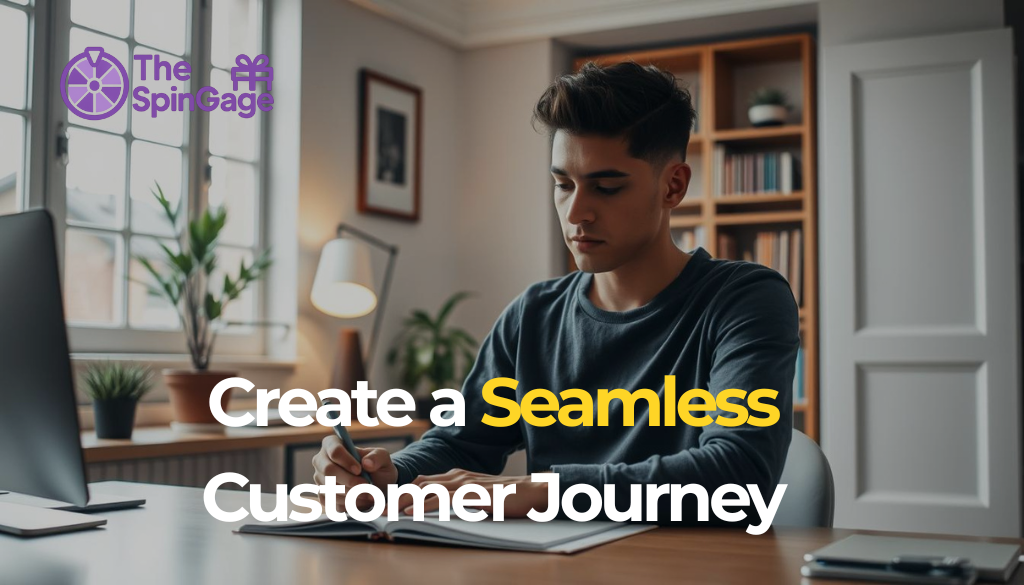


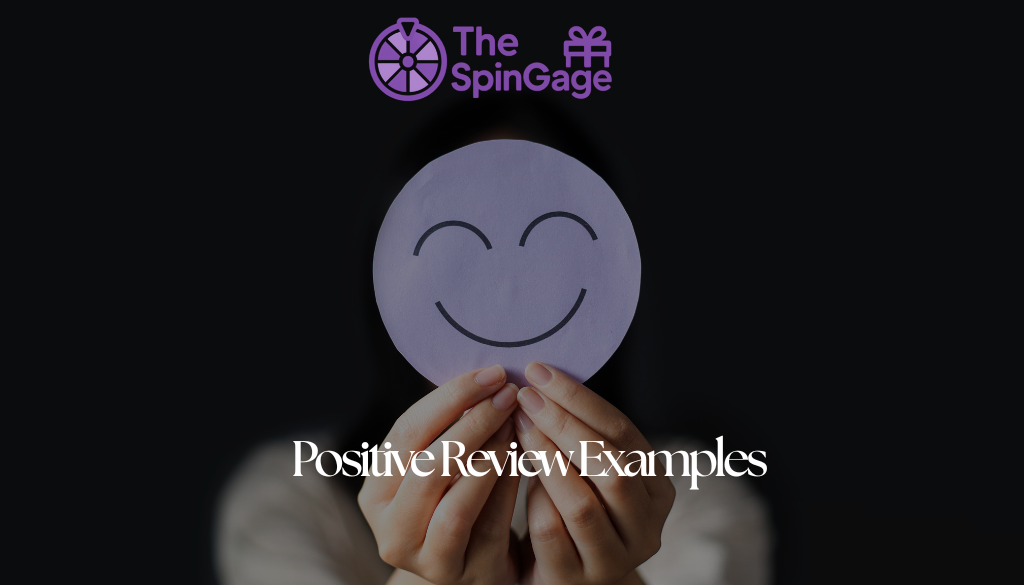
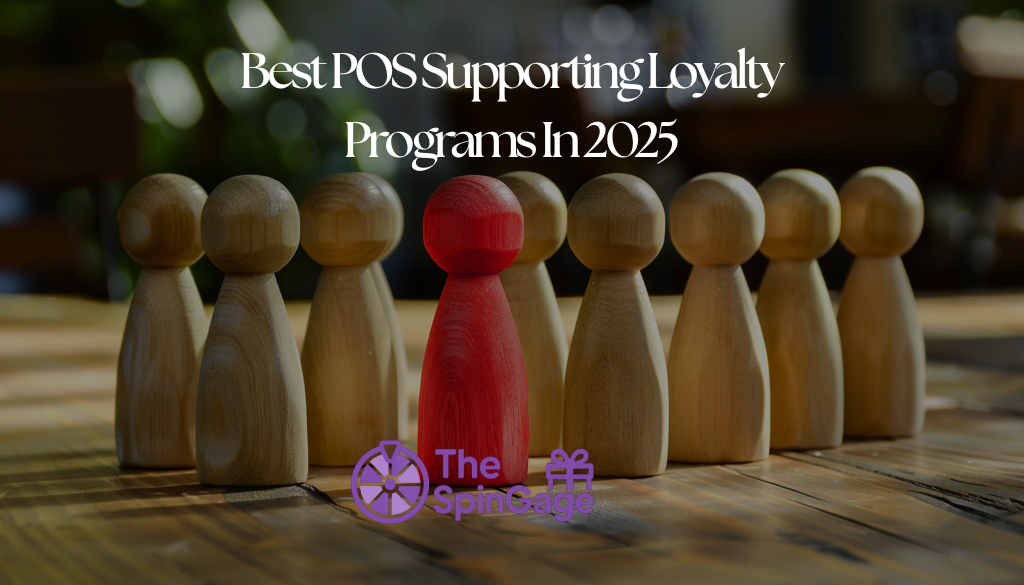
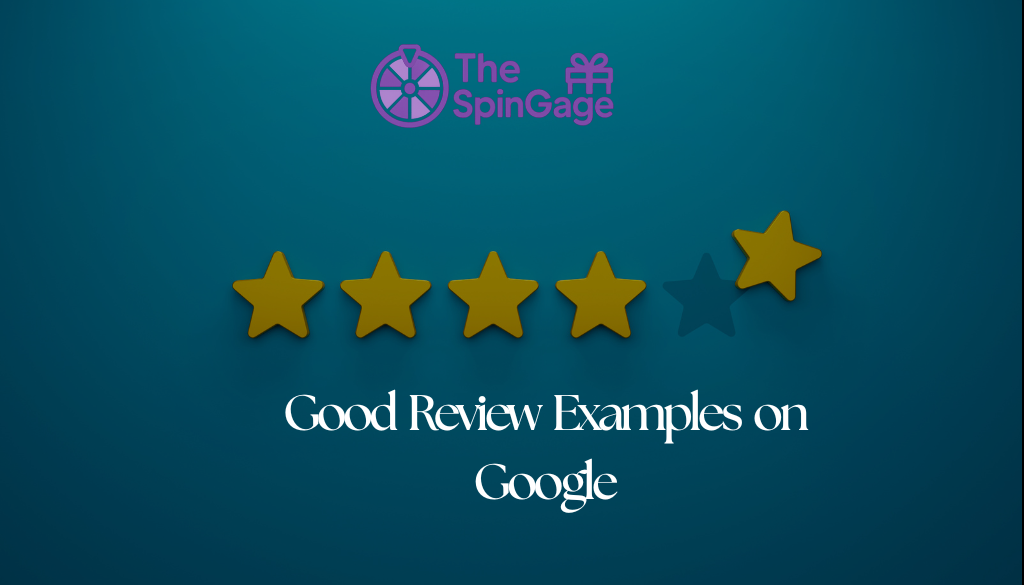

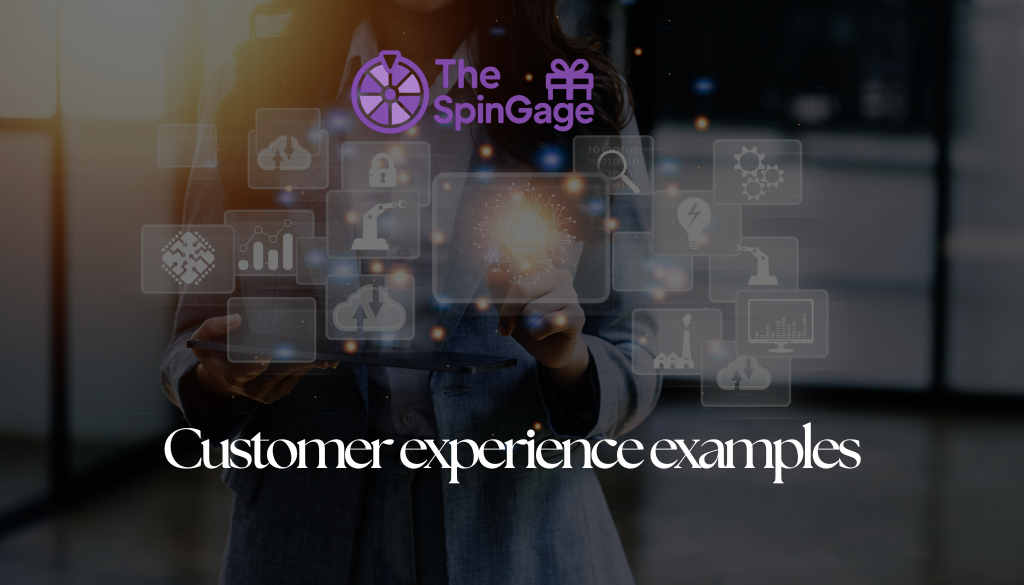
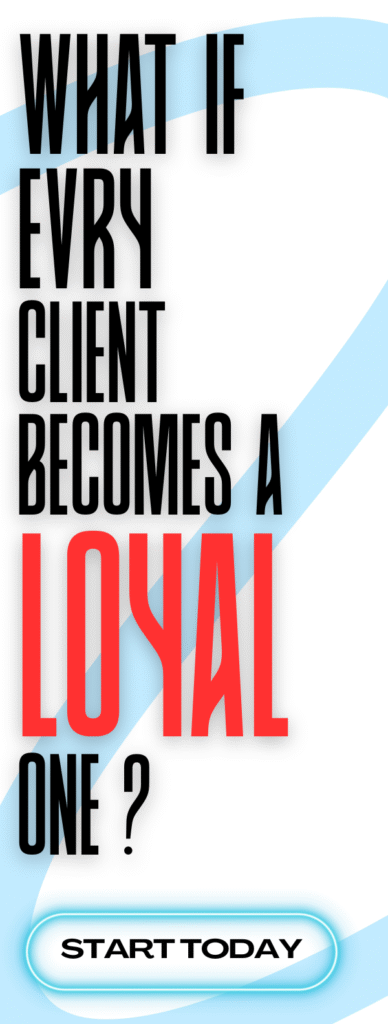
Leave a Reply